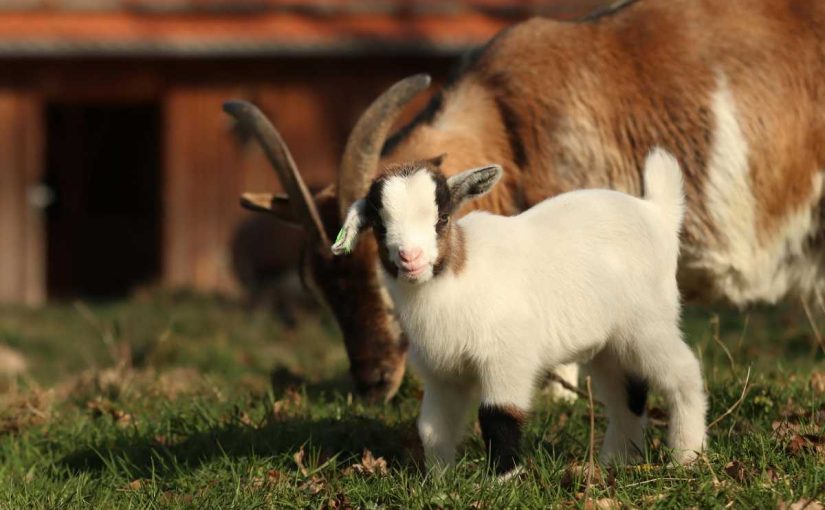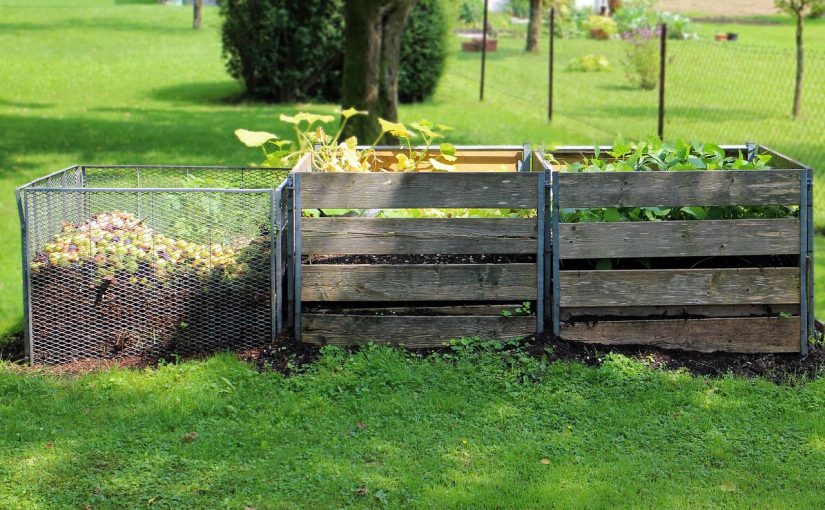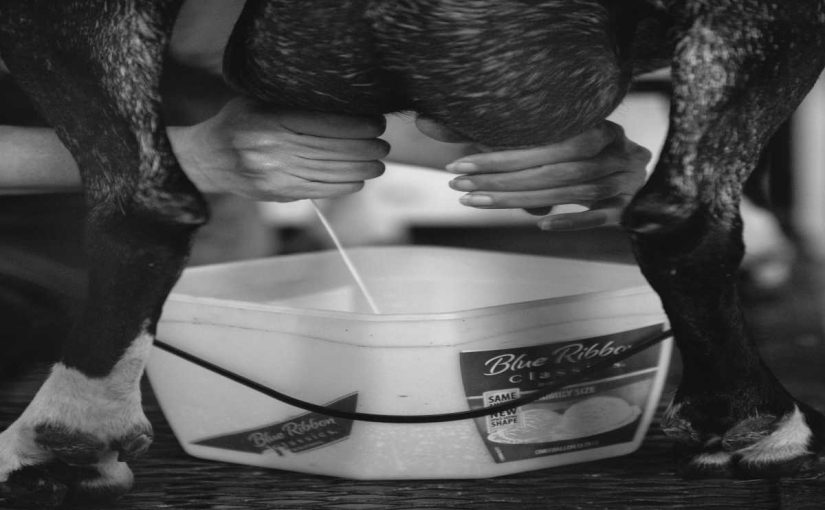Raising goats can be both rewarding and profitable, but for goat farmers, managing costs effectively is key to running a sustainable operation. With smart strategies, you can keep expenses low while maintaining high-quality care for your herd. Here’s a guide to some of the best cost-cutting methods for goat farmers, helping you optimize resources, reduce waste, and make the most of your budget.
1. Feed Management: Cut Costs Without Compromising Nutrition
Overview:
Feed is often the highest cost in livestock farming. By finding ways to maximize feed efficiency, you can significantly lower your expenses without impacting the health of your goats.
Tips for Cost-Effective Feeding:
- Seasonal Foraging: During spring and summer, let goats graze on pasture whenever possible. This reduces the need for purchased feed and gives them a natural diet.
- Alternative Feed Sources: Look for locally sourced, affordable feeds, such as agricultural byproducts (e.g., beet pulp, soybean hulls) that provide necessary nutrients at a lower cost.
- Minimize Feed Waste: Using feeders designed to prevent spillage or spoilage can help reduce waste, ensuring more of what you buy ends up in your goats’ diet.
2. Efficient Health Care Practices
Overview:
Preventative health care is usually less costly than treating illnesses, so focusing on wellness can save you money over time.
Tips for Reducing Health Costs:
- Regular Health Checks: Frequent inspections for signs of illness or injury can help catch issues early, avoiding expensive treatments.
- Deworming Strategy: Instead of deworming regularly, conduct fecal tests to determine if deworming is necessary, which can prevent resistance and cut down on unnecessary deworming costs.
- Vaccination Protocols: Stick to essential vaccines and consider grouping animals for vaccinations to save on vet visits.
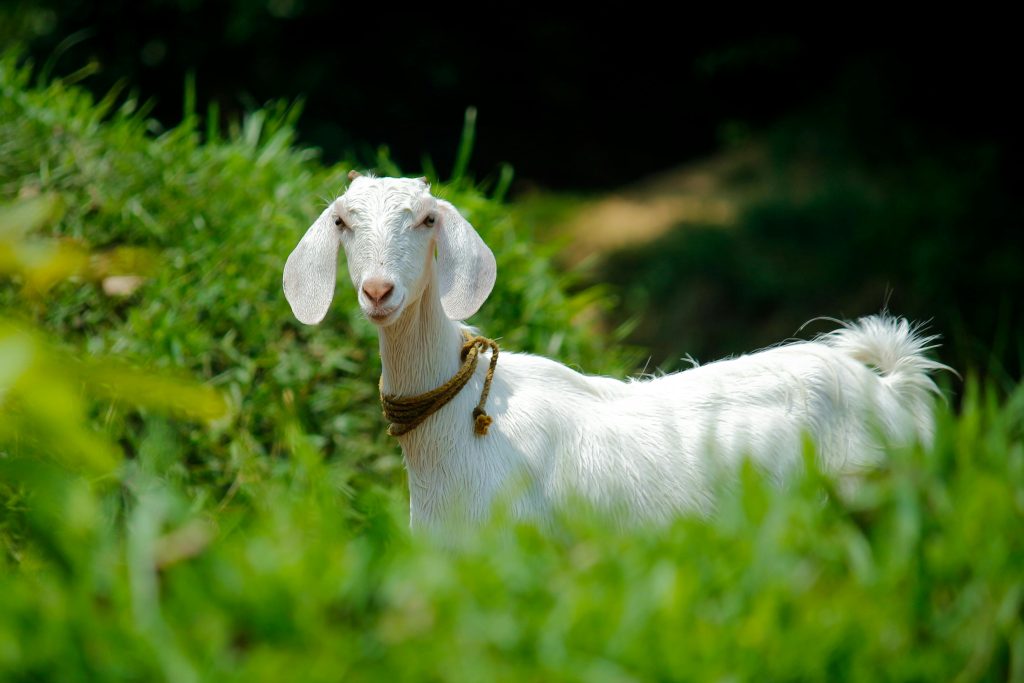
3. Optimize Shelter and Fencing Costs
Overview:
Proper shelter and secure fencing are essential, but there are ways to minimize costs without compromising on safety and comfort.
Tips for Cost-Effective Shelter and Fencing:
- Use Recycled Materials: Salvage or repurpose building materials from other projects to construct goat housing.
- Rotational Grazing Fences: Consider using temporary or portable fencing, which is less costly than permanent fencing and allows for rotational grazing.
- Low-Cost Shelters: In mild climates, open shelters can work well for goats. Portable hoop houses or simple three-sided sheds are inexpensive alternatives to full barns.
4. Breeding and Herd Management
Overview:
Strategic breeding practices can reduce costs by optimizing the productivity and health of your herd.
Tips for Reducing Breeding Costs:
- Selective Breeding: Focus on breeding goats with desirable traits, such as disease resistance and high milk production, to reduce future medical and feeding costs.
- Seasonal Breeding: Plan breeding to align with natural forage availability, so lactating does and growing kids have access to pasture, reducing feed costs.
- Limit Herd Size: Maintain an optimal herd size based on your land, feed availability, and market demand. A smaller, healthy herd can often be more cost-effective than a larger one.
5. DIY Goat Care and Maintenance
Overview:
Learning basic skills for goat care, including routine tasks and small repairs, can save money on labor and professional services.
DIY Tips for Goat Care:
- Grooming and Hoof Trimming: Regularly trimming hooves and grooming can be done without professional help, saving on grooming costs.
- Basic Health Skills: Learning to administer medications, vaccinations, and first-aid can cut down on vet bills.
- Fence and Shelter Repairs: Having the skills to fix fences or shelters saves you from having to hire contractors for minor repairs.
6. Water Conservation Strategies
Overview:
Water is another essential but often overlooked expense. Conserving water can reduce your monthly bills, especially during dry seasons.
Water-Saving Tips:
- Rainwater Collection: Install rainwater collection systems to capture runoff that can be used for cleaning and irrigation, reducing your dependence on municipal or well water.
- Automatic Waterers: Use automatic waterers to prevent overflow and spillage, ensuring water is used efficiently.
- Regular Maintenance: Fix leaky pipes and inspect troughs regularly to minimize water waste.
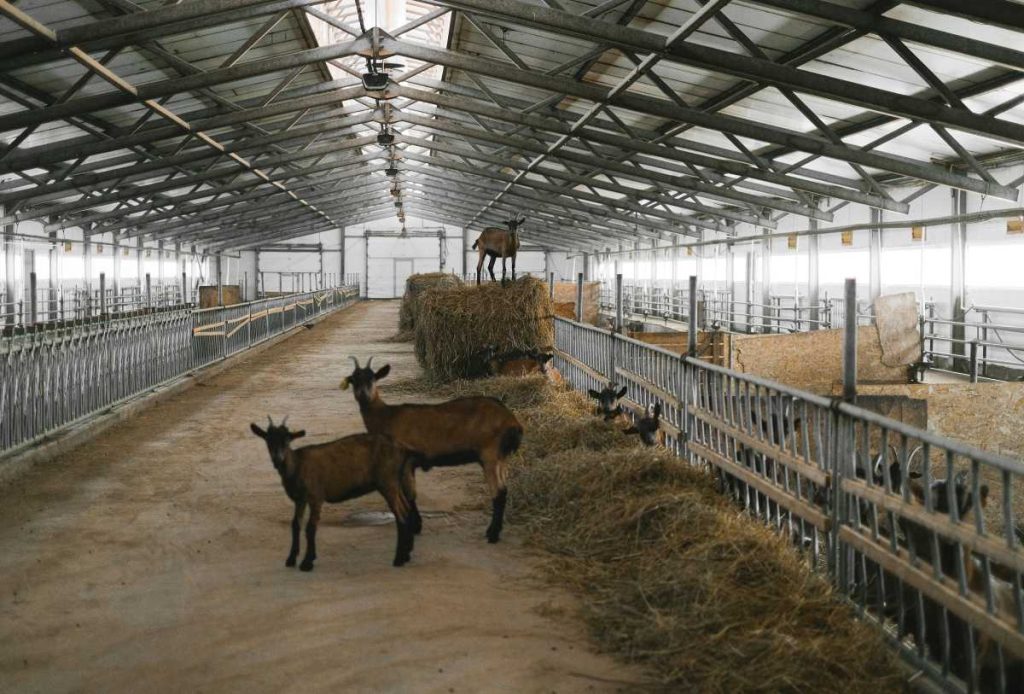
7. Bulk Buying and Resource Sharing
Overview:
Pooling resources with nearby farmers or purchasing in bulk can lower the per-unit cost of supplies.
Bulk Buying Tips:
- Cooperative Purchasing: Consider joining a farming cooperative to access discounts on feed, medicine, and other supplies.
- Seasonal Stockpiling: Buy feed, bedding, and medical supplies in larger quantities during off-seasons when prices are lower.
- Tool Sharing: If you have farmer neighbors, consider sharing tools or equipment, like hoof trimmers or feeders, to save on individual costs.
8. Sell Byproducts to Offset Costs
Overview:
Beyond milk and meat, goats can produce valuable byproducts like manure, which can be sold as fertilizer or compost.
Byproduct Selling Tips:
- Manure for Compost: Goat manure can be sold as a nutrient-rich fertilizer for gardens. Start a small composting business if you have extra manure.
- Brush Clearing Services: Some farmers offer goat grazing as a land-clearing service, charging landowners for goats to graze on their property.
- Sell Goat Milk or Soap: If regulations allow, consider selling small-batch goat milk products like cheese, yogurt, or soap, which can add an additional revenue stream.
Conclusion: Small Changes for Big Savings
Managing a goat farm on a budget doesn’t mean compromising on quality care. By optimizing feed, focusing on preventive health, using recycled materials, and adopting sustainable practices, you can significantly reduce expenses while maintaining a healthy, productive herd. Each of these cost-cutting strategies can add up, improving your farm’s profitability and helping you succeed as a goat farmer.
With careful planning and resourceful management, your goat farming business can thrive without excessive spending, making goat farming both a rewarding and economical venture.


